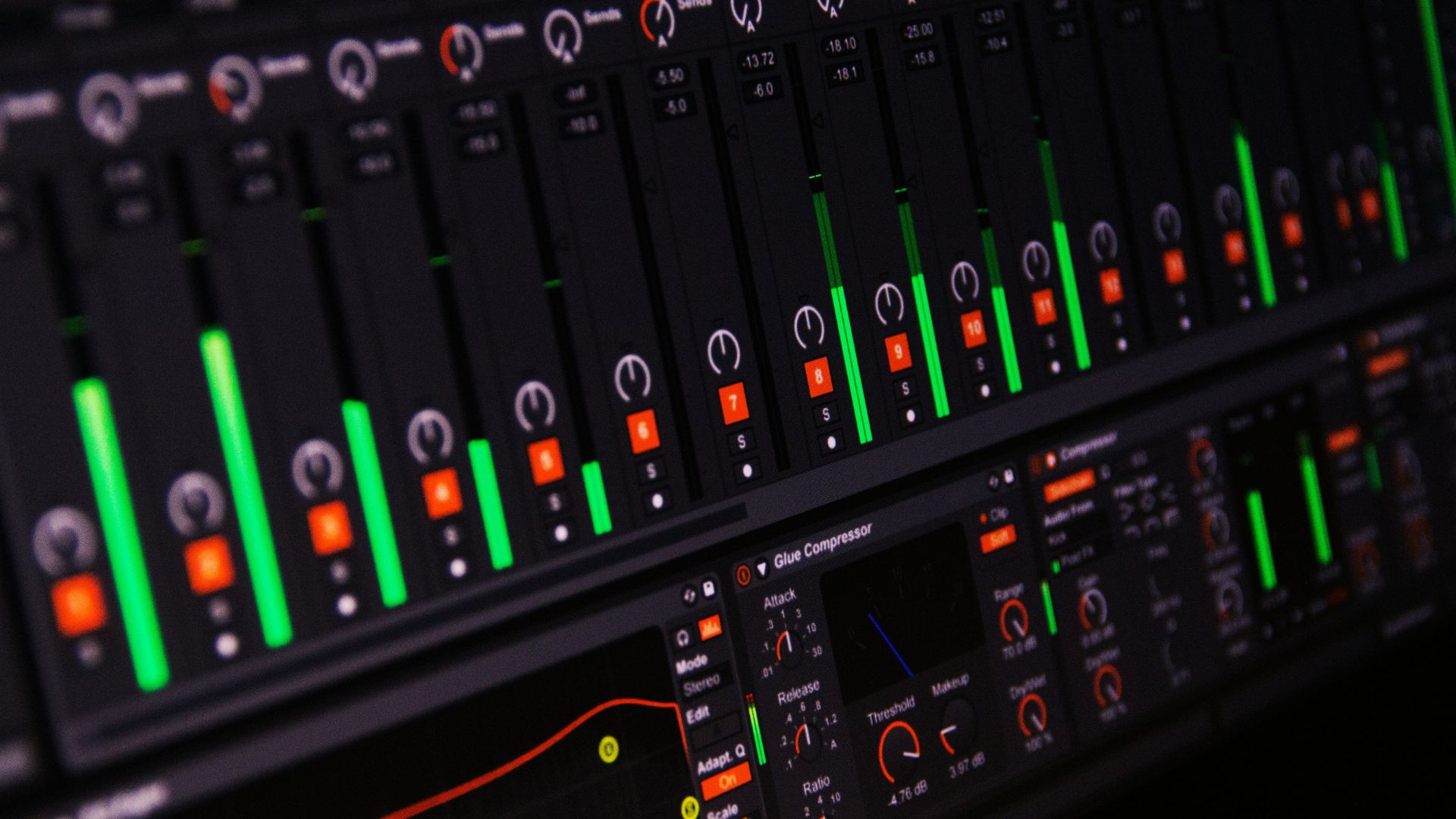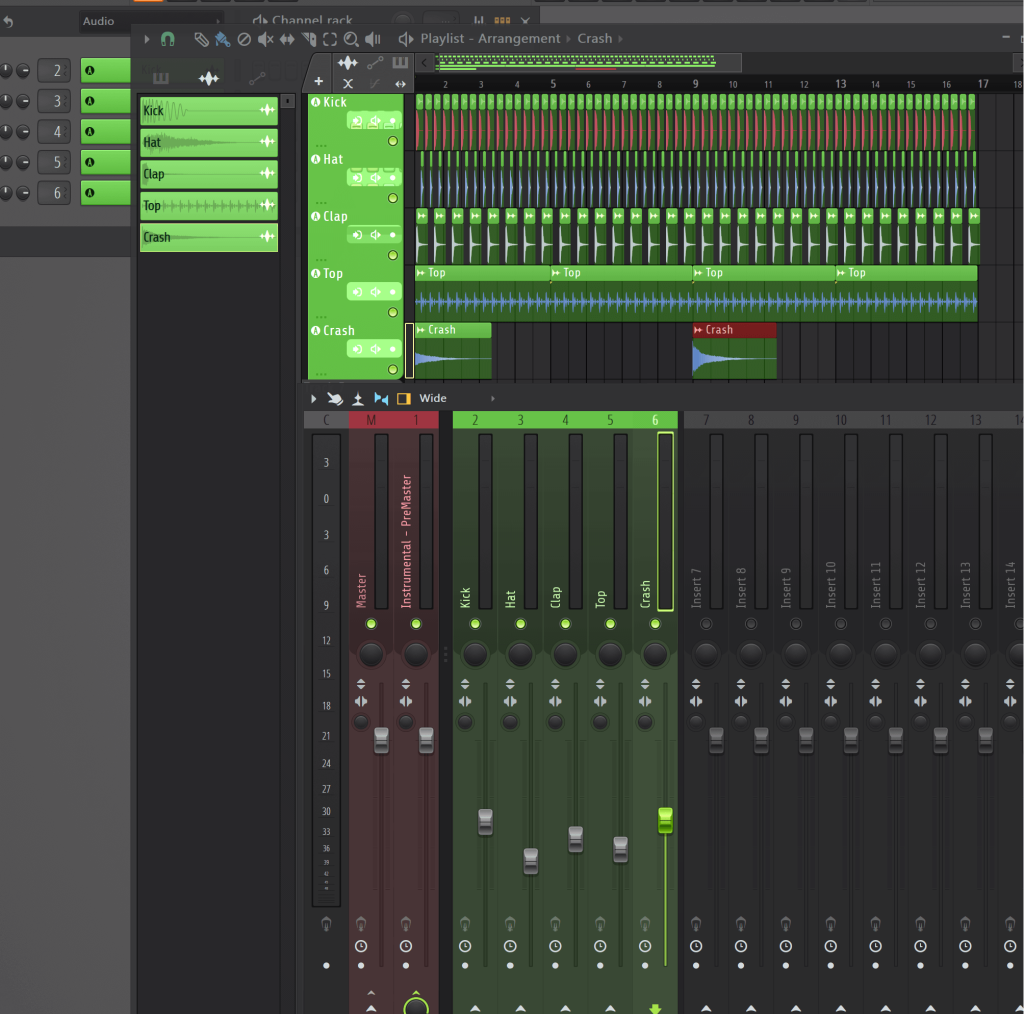

5 tips to Improve Your Music Production Workflow
Engaging in music production is consistently thrilling, as you craft a fresh track from scratch, introducing something novel to the world. But we’ve all faced those moments of being stuck, unable to decide on the kick or unsure of how to proceed after the “Drop.” Taking into account all these dilemmas we have prepared five quick tips to elevate your music production workflow.
#1 – Organize your workspace & DAW
Maintaining a well-organized Digital Audio Workstation (DAW) is crucial for maintaining mental clarity. It’s essential to avoid wasting excessive time searching for samples or presets, making it considerably easier to locate them. Moreover, the act of categorizing your sounds within the DAW holds significance. In this matter, Grouping sounds not only facilitates a smoother mixing process but also enhances visual convenience. For instance, consider organizing your project into four sections: Drums, Synths, Bassline & FX’s.
Here’s an example of grouping Drums in FL Studio 21.2

#2 – Reference with other tracks
Consulting other tracks as references significantly boosts the efficiency of your workflow. This approach is particularly effective when constructing elements like drops, buildups, or breaks. By studying a reference track, you can glean valuable insights on crafting the desired sound and incorporating it into your own work. This practice is equally beneficial when honing your skills in production, mixing, or mastering, providing valuable guidance throughout the process.
#3 – Less is More
Opting for a straightforward and uncomplicated sound can often be more effective. Some producers tend to layer their sounds excessively in an attempt to achieve perfection, but this approach can be time-consuming and counterproductive for many. Let’s take Axwell’s edit to the track “Free Again” By Jay Robinson.
The components in the drop are uncomplicated, and the primary concept is fully present. The bassline is not too complex and the same goes for the kick.
Moreover, the concept of “Less is more” applies to note composition. There’s no need to create intricate MIDI sequences with an abundance of notes to achieve a catchy sound.
#4 – Listen to music!
To ensure longevity and consistently spark new musical ideas, it is crucial to explore music beyond your electronic niche. This diversity is not just important but absolutely necessary. Without drawing inspiration from a range of genres, electronic music can become repetitive and potentially lose its vitality. Incorporate elements from different genres to create a blend that is entirely your own.
#5 – Don’t overwork your music.
Another mistake to steer clear of is putting too much effort into rescuing an unsuccessful track. If, even after taking a creative break, you discover it’s impossible to finish, don’t be afraid to abandon it and move forward without letting it dishearten you. The same principle applies if you initiate a new project that doesn’t progress as expected – if you sense your track isn’t shaping up well, avoid overworking it. Just move on!
Here’s an additional piece of advice for everyone: Never compare your career with others. Each person is on their unique journey, achieving their goals at their own pace and time.


- Arodes cover Interview
- Armin van Buuren: Breathing In [Exclusive Interview]
- Ibiza 2024: What To Expect
- Burak Yeter: A Day In Space [Exclusive]


